If you think rubber bands are just for office use, it’s time to rethink your training toolbox. Rubber exercise bands, gym rubber bands, and tension workout bands are among the most underrated yet effective tools for building strength, improving mobility, and supporting recovery—right in your home gym or even when traveling.
Why Rubber Bands Deserve a Place in Your Training
Unlike bulky machines, rubber workout bands provide progressive resistance that challenges your muscles throughout the entire movement. This tension helps to strengthen stabilizer muscles and joints, enhancing your ability to move under control while reducing injury risk.
Whether you're performing squats, rows, shoulder presses, or glute bridges, exercise rubber straps adjust to your strength level while allowing natural movement patterns. You can increase or decrease resistance simply by adjusting the band's length or choosing a thicker band, providing a scalable workout for both beginners and advanced lifters.
Benefits of Training with Rubber Bands
-
Versatility: You can use rubber bands for warm-ups, strength training, stretching, and mobility work, making them an all-in-one training companion.
-
Joint-Friendly Resistance: Bands provide tension without heavy loading on your joints, ideal for people recovering from injury or seeking low-impact strength training.
-
Constant Tension: Unlike dumbbells, bands maintain tension at the top of movements, ensuring your muscles stay engaged.
-
Portability: Whether you train at home, in a park, or while traveling, rubber bands fit easily in your backpack.
Personal Experience: Rediscovering Training with Bands
Years ago, I underestimated the value of bands, focusing only on heavy free weights. But during a phase of shoulder recovery, I began integrating rubber workout bands into my daily warm-ups and rehab. I was surprised by the burn during lateral raises and face pulls, and how much they helped reinforce good movement patterns. Over time, I noticed my stability during overhead pressing improved, and the chronic tightness in my shoulders eased. Now, I still use tension workout bands for activation drills before my heavy lifts and for resistance work on deload weeks, keeping my joints feeling healthier while maintaining muscle engagement.
Sample Exercises with Rubber Bands
-
Band Squats: Place the band around your shoulders and under your feet for added resistance during squats.
-
Standing Rows: Anchor a band at a low point and perform rows to strengthen your back and improve posture.
-
Glute Kickbacks: Loop the band around your ankles for effective glute isolation work.
-
Overhead Press: Use a band under your feet for a shoulder-friendly press variation.
-
Face Pulls: Anchor the band at head height to train rear delts and improve shoulder health.
Building a Balanced Program with Rubber Bands
While rubber bands can replace some traditional weights, they also complement them by adding variability and supporting mobility work. Use gym rubber bands for pre-activation drills, full workouts on busy days, or as accessories during your compound lifts to improve your form and stability.
By integrating rubber bands fitness into your weekly training, you unlock a powerful tool for strength, mobility, and injury prevention, keeping your fitness journey effective and sustainable—wherever you train.


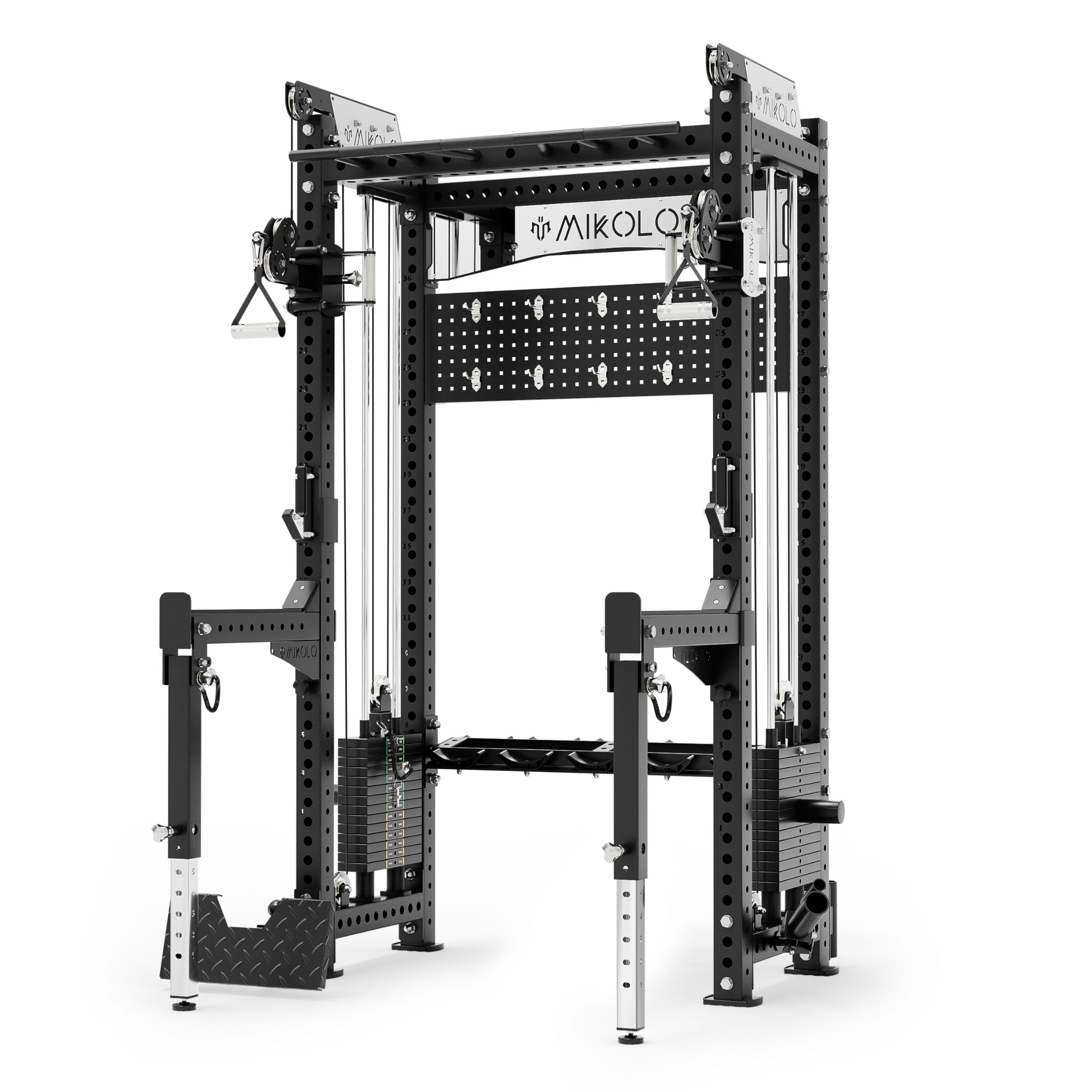
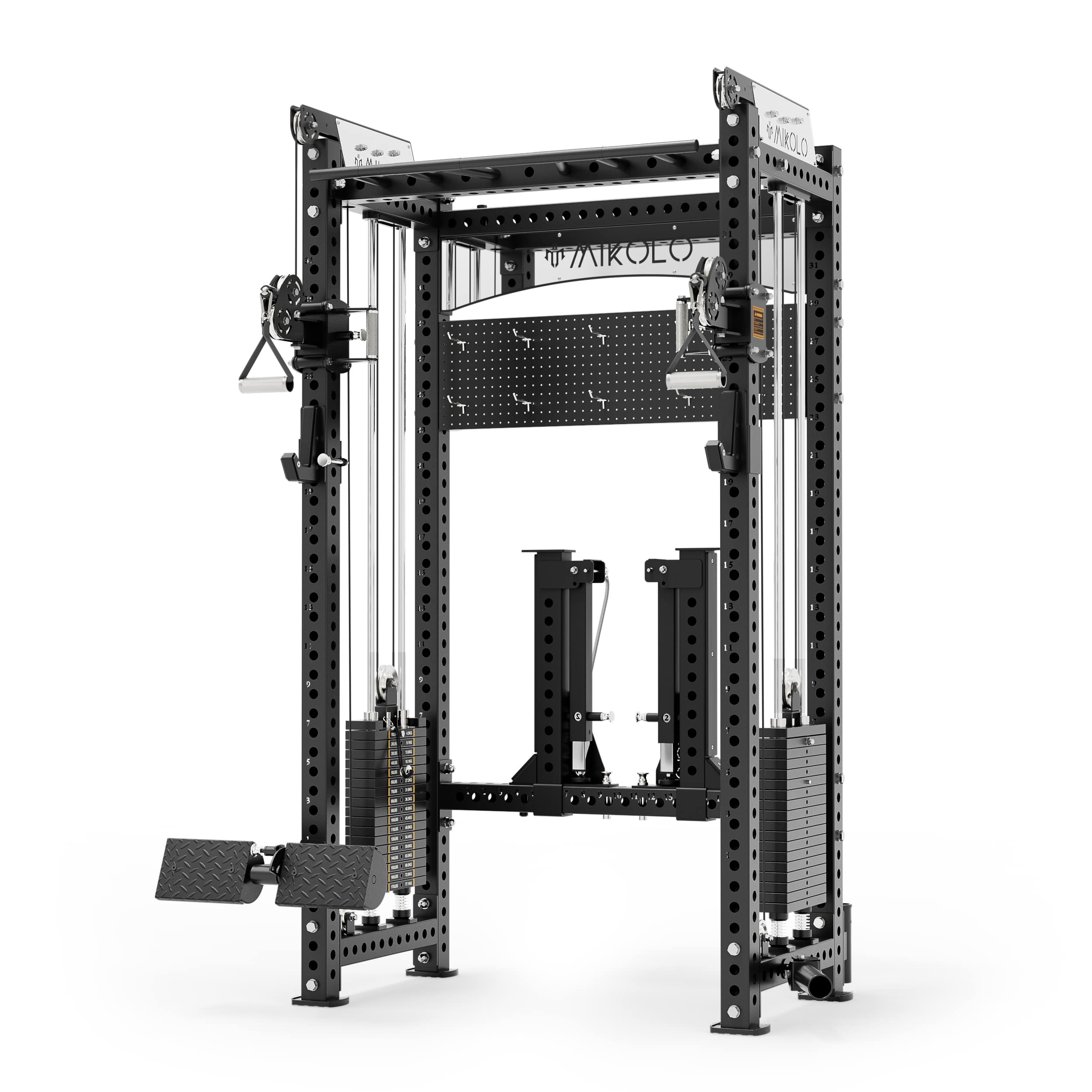
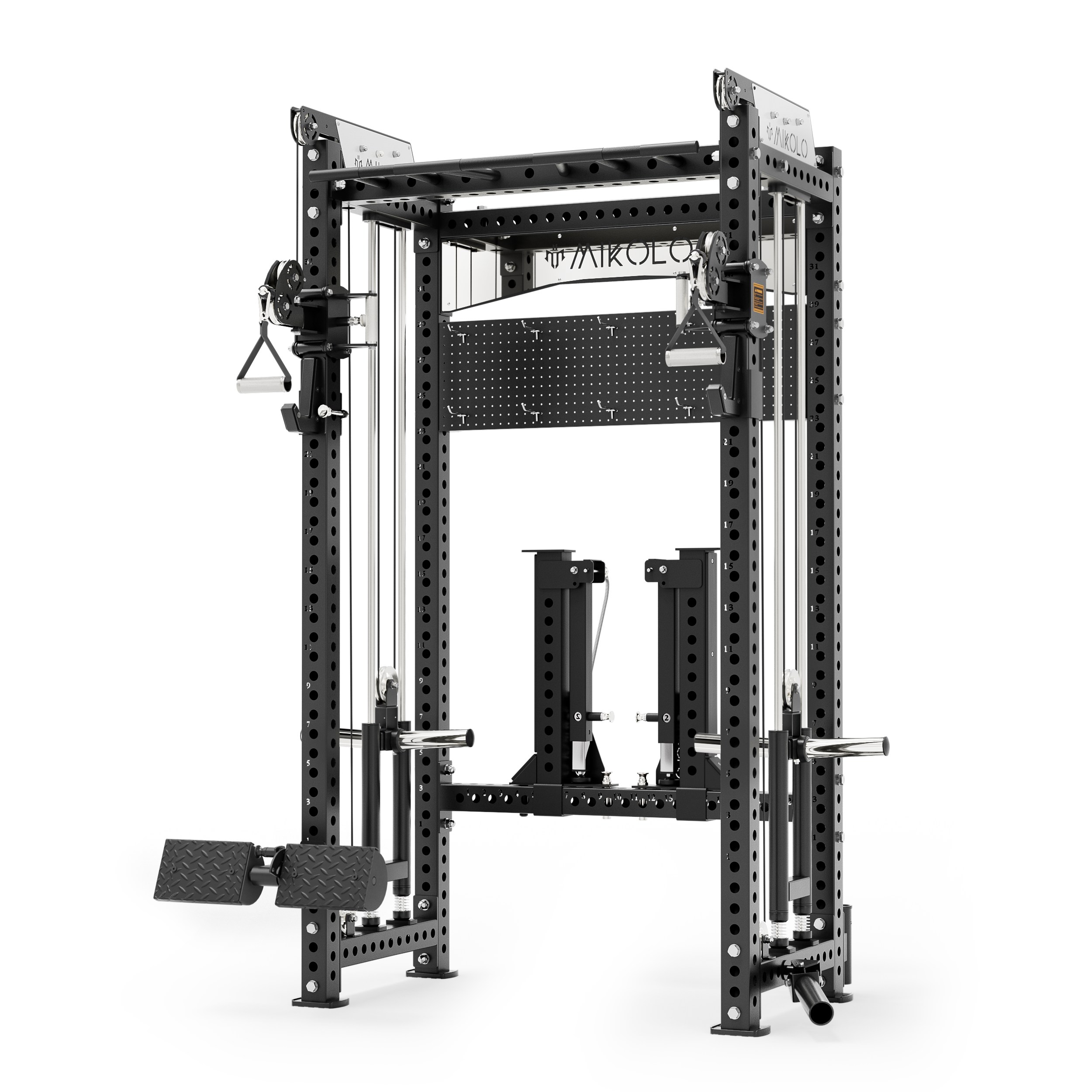
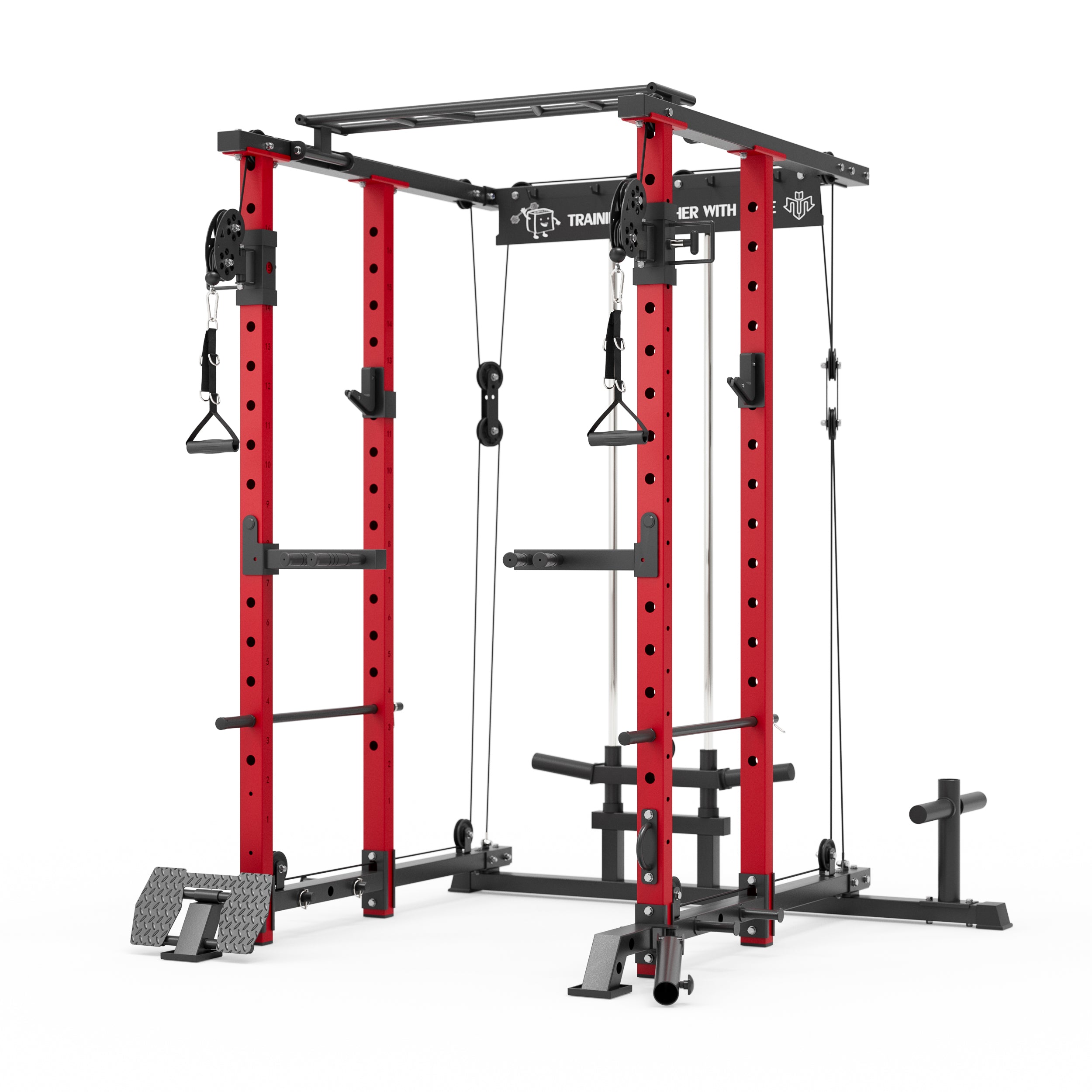

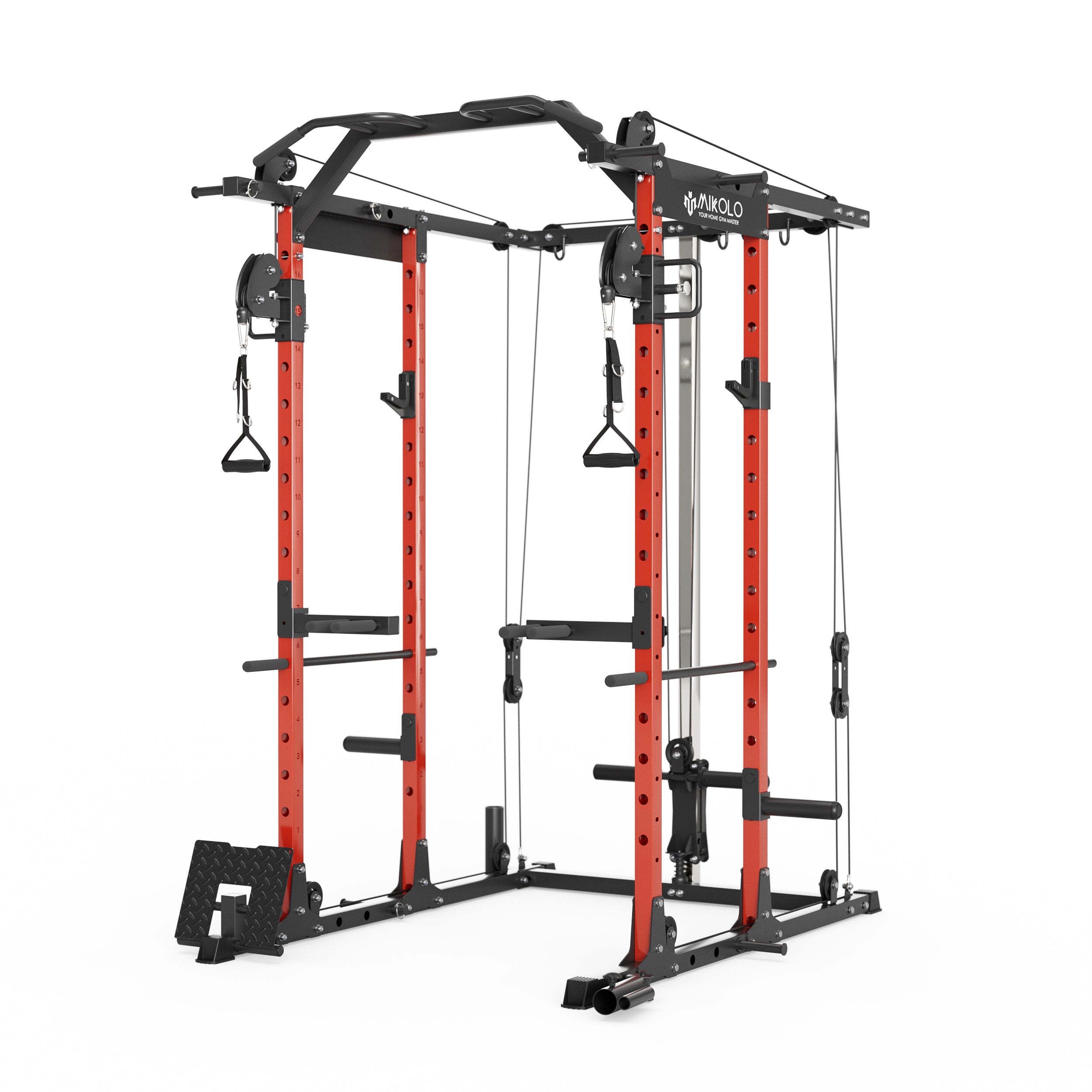
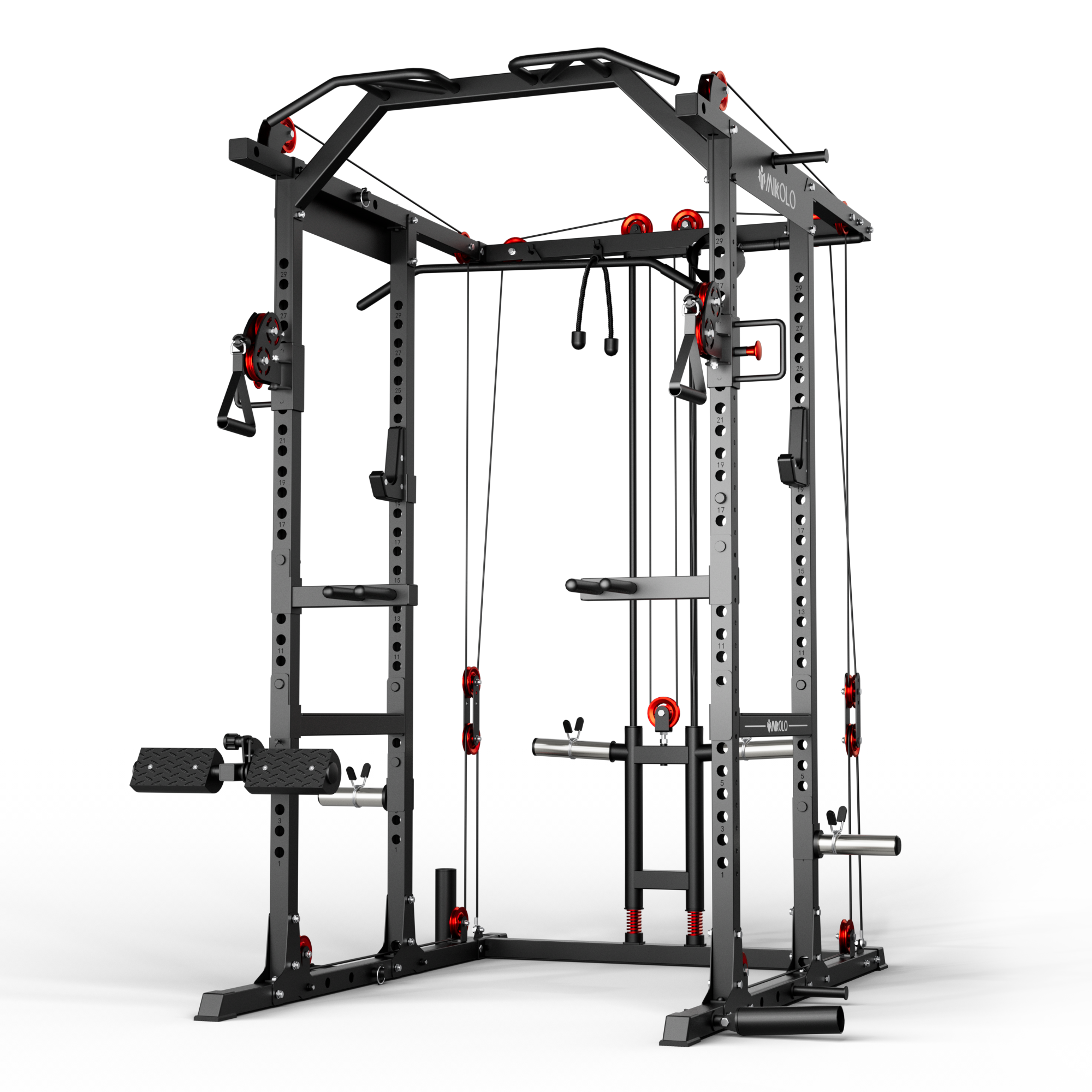
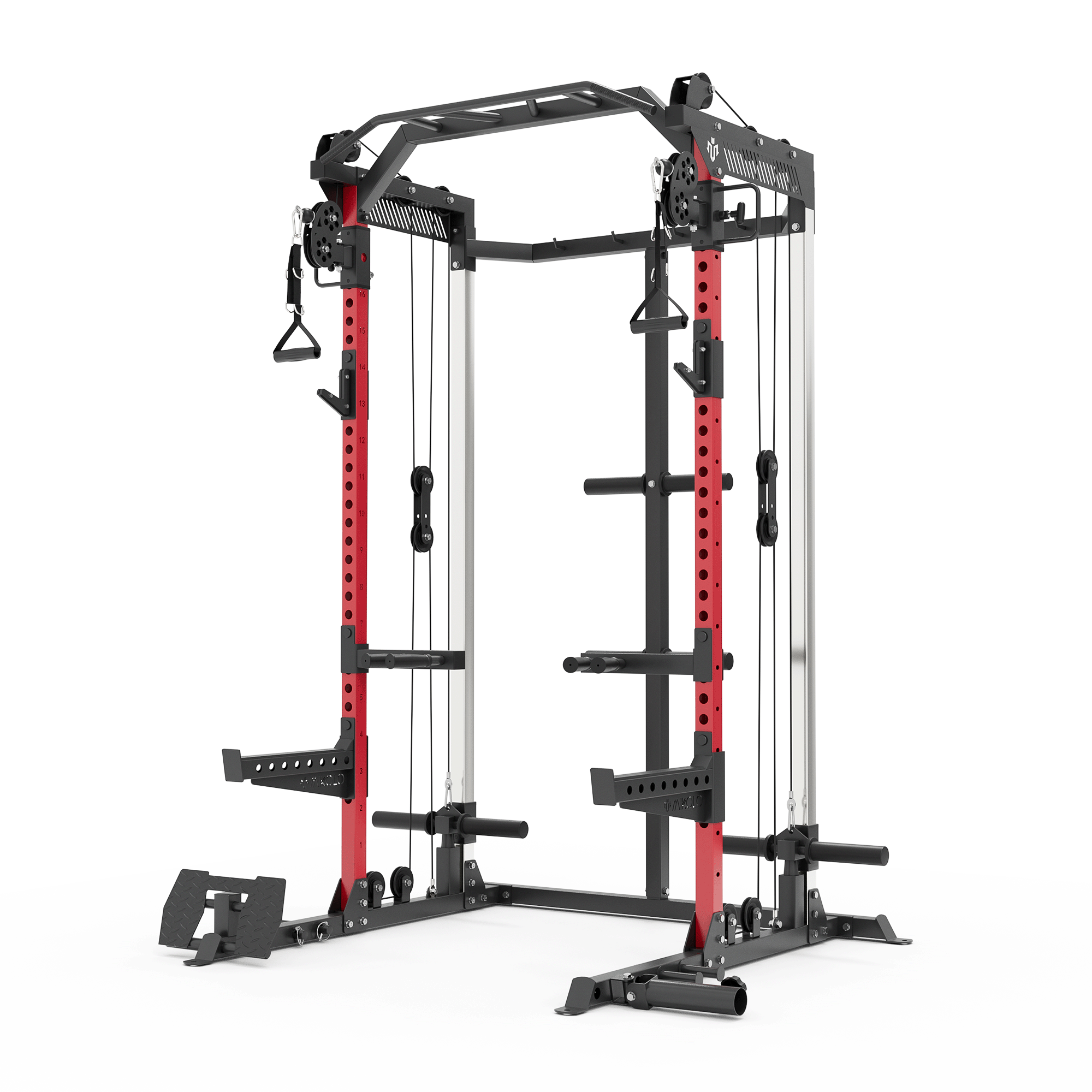
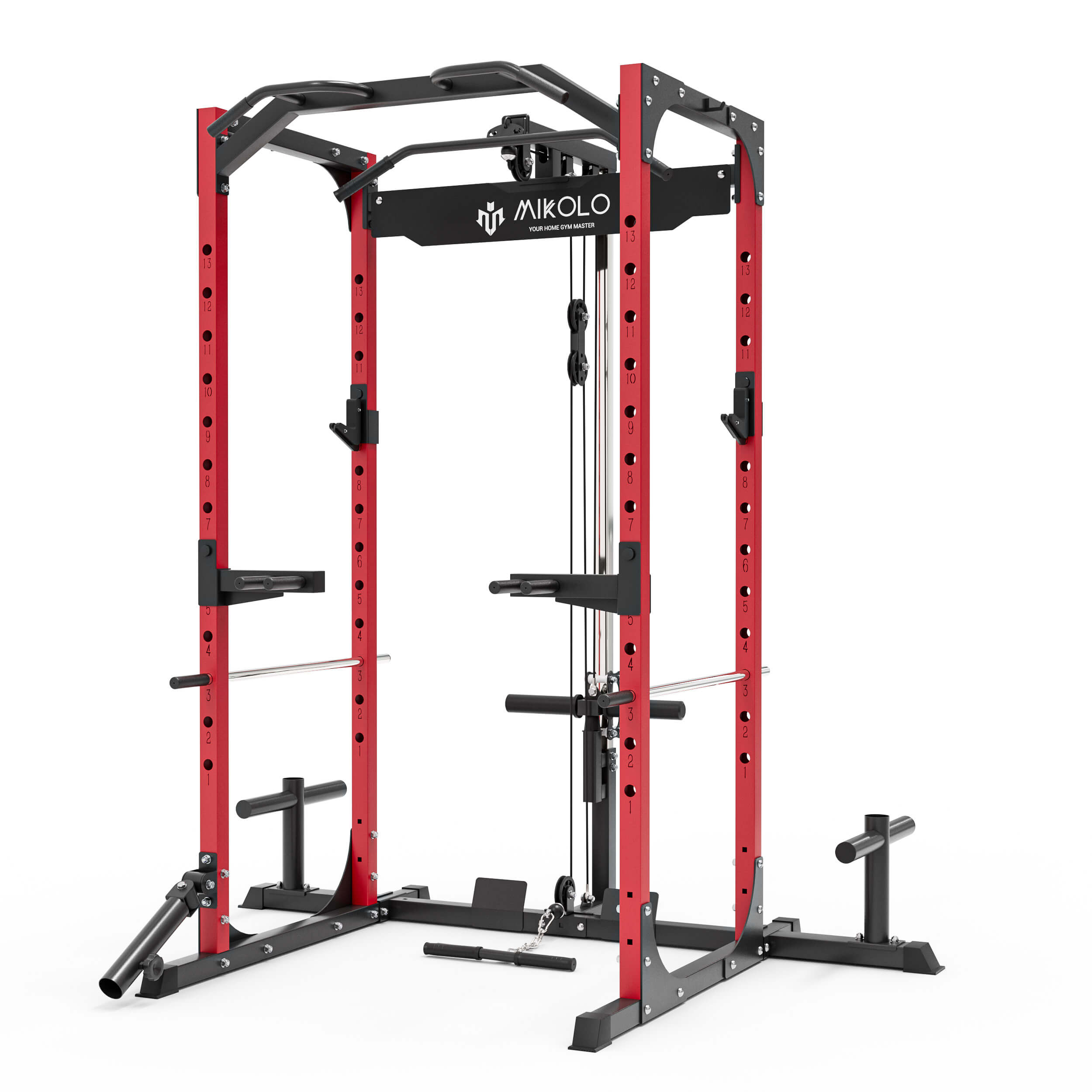

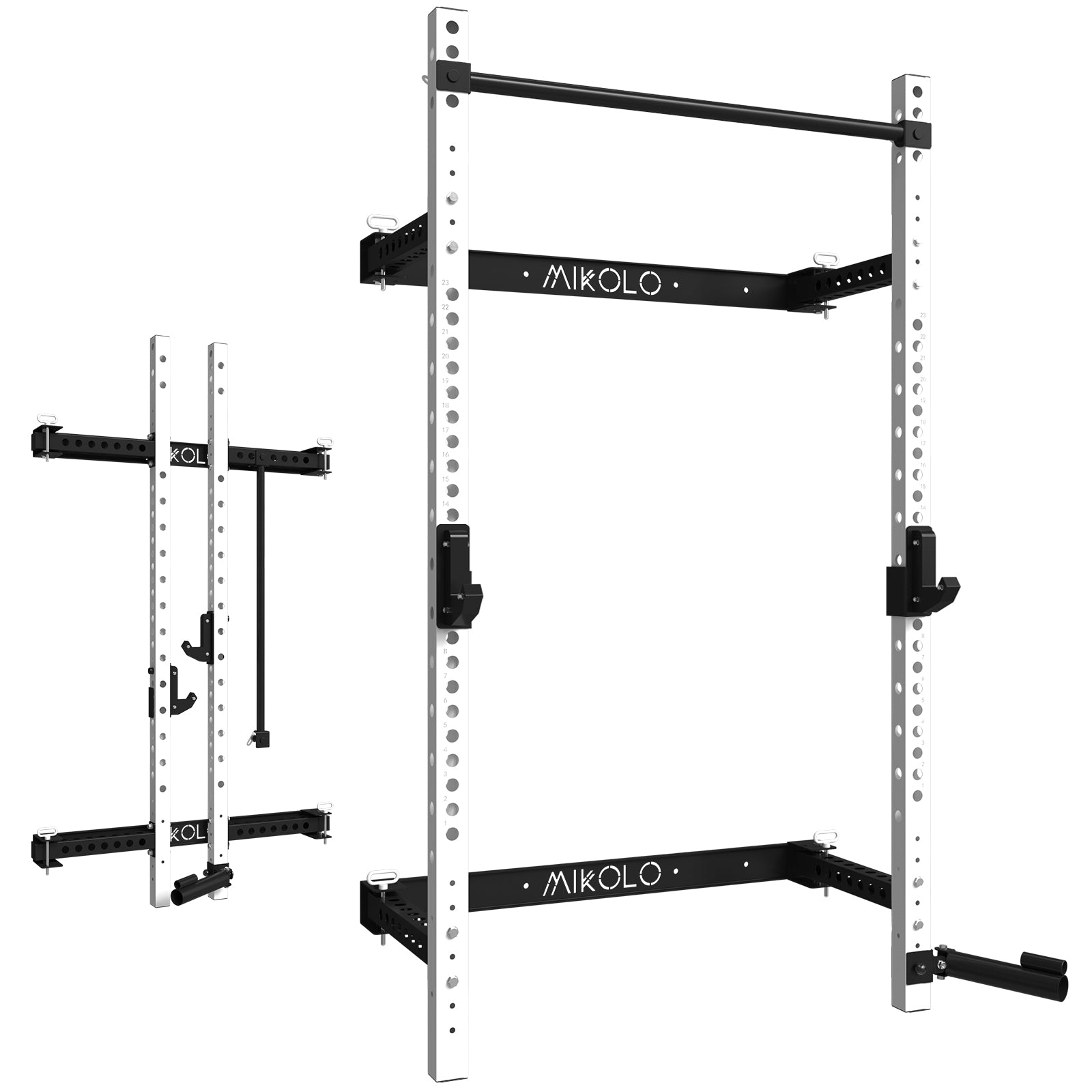

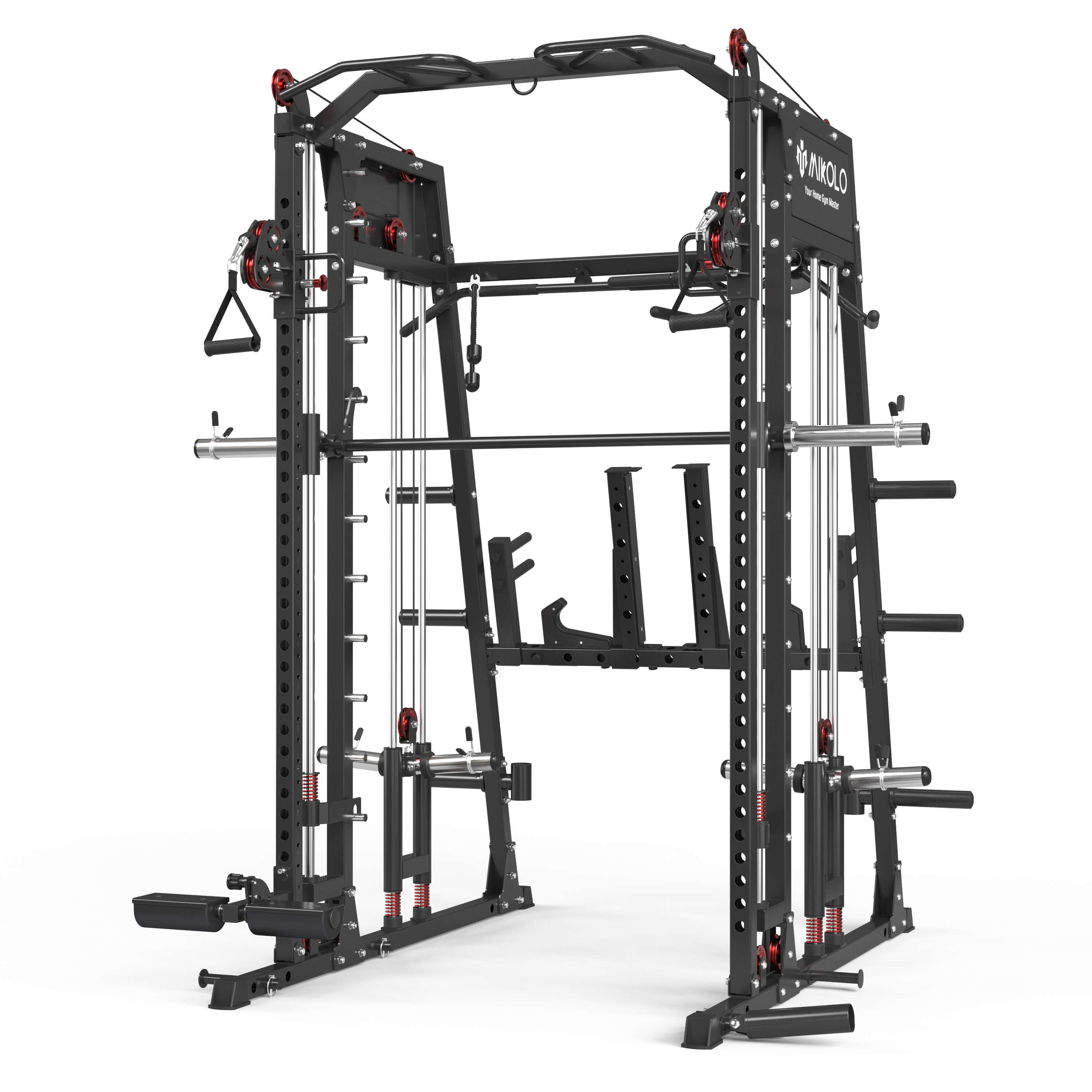
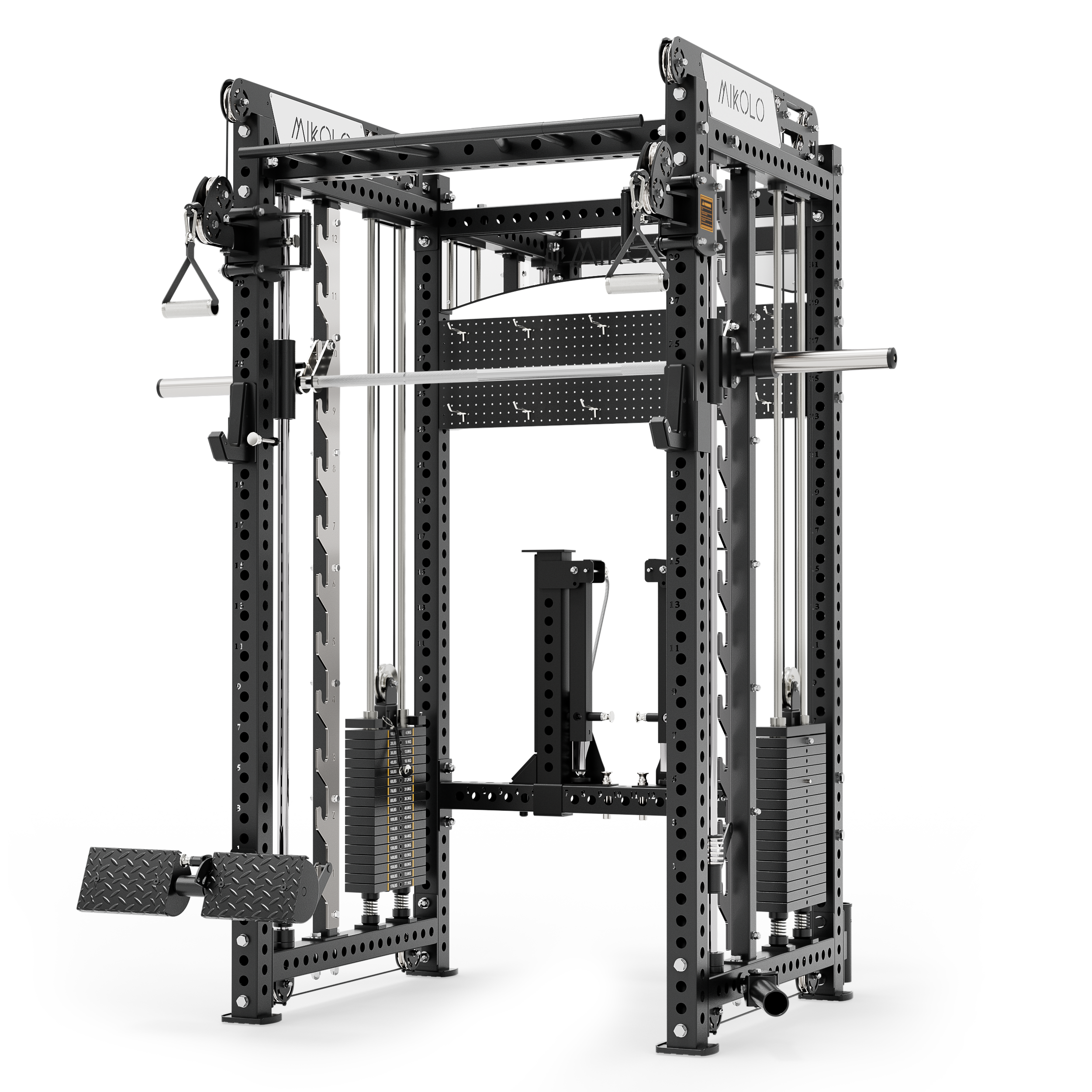
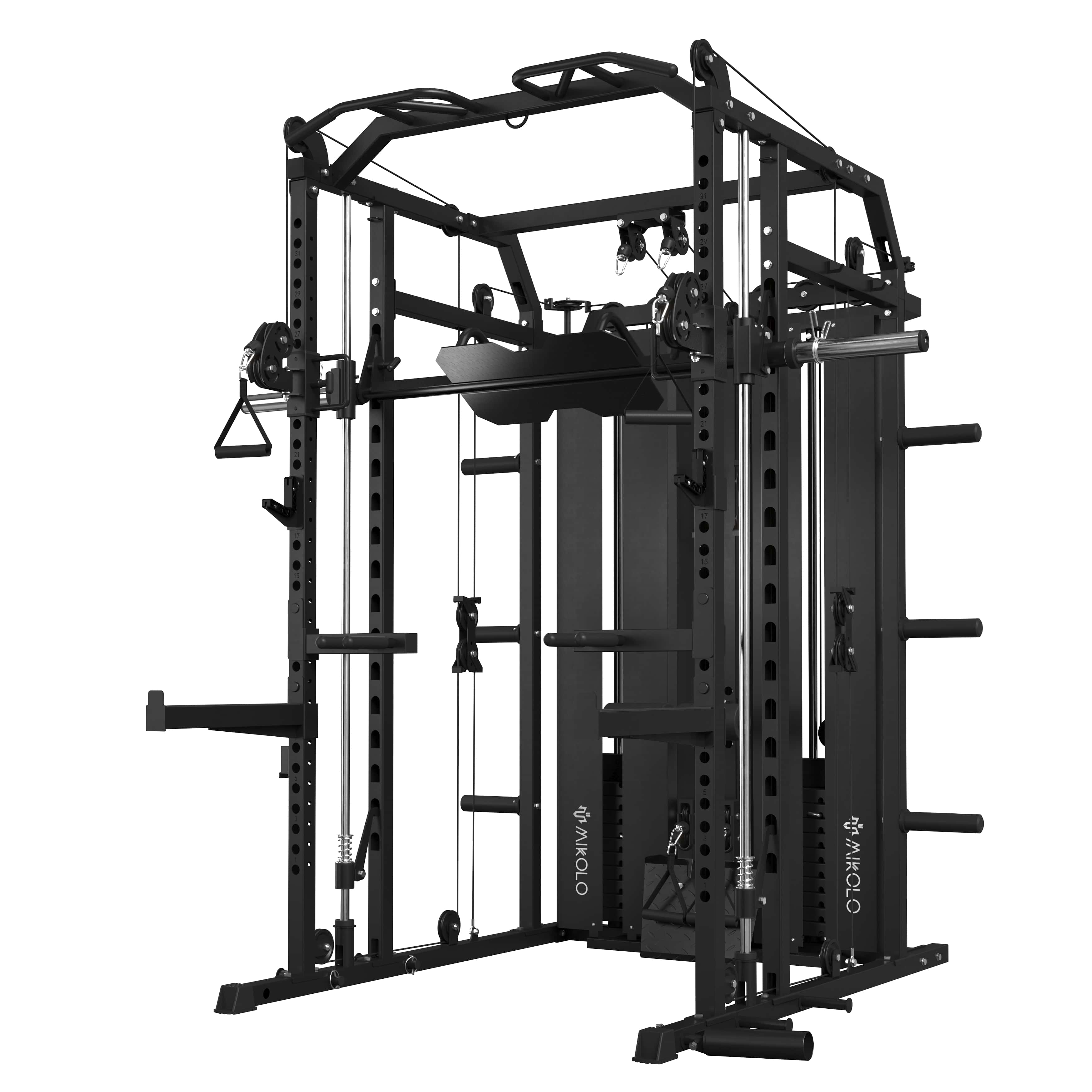
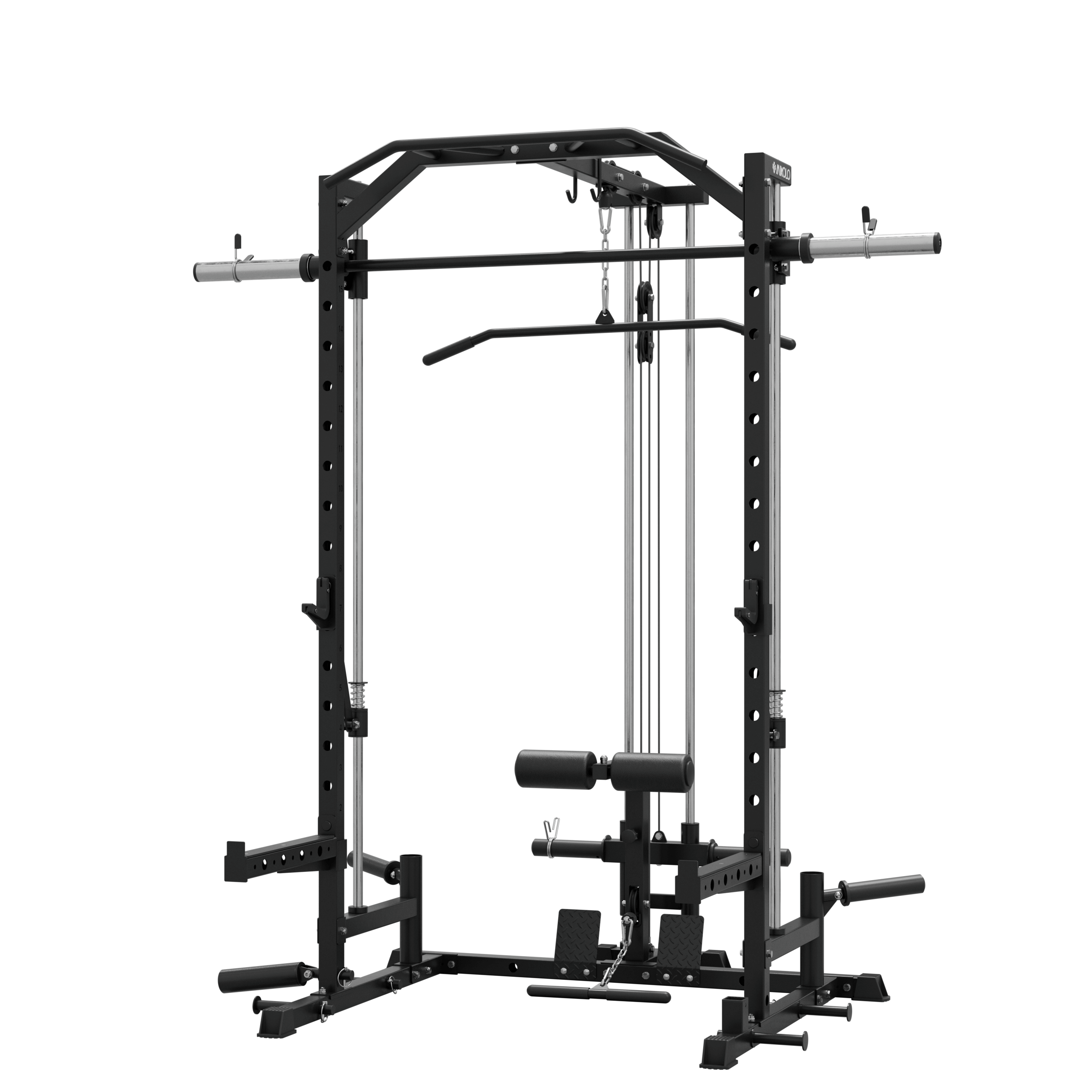
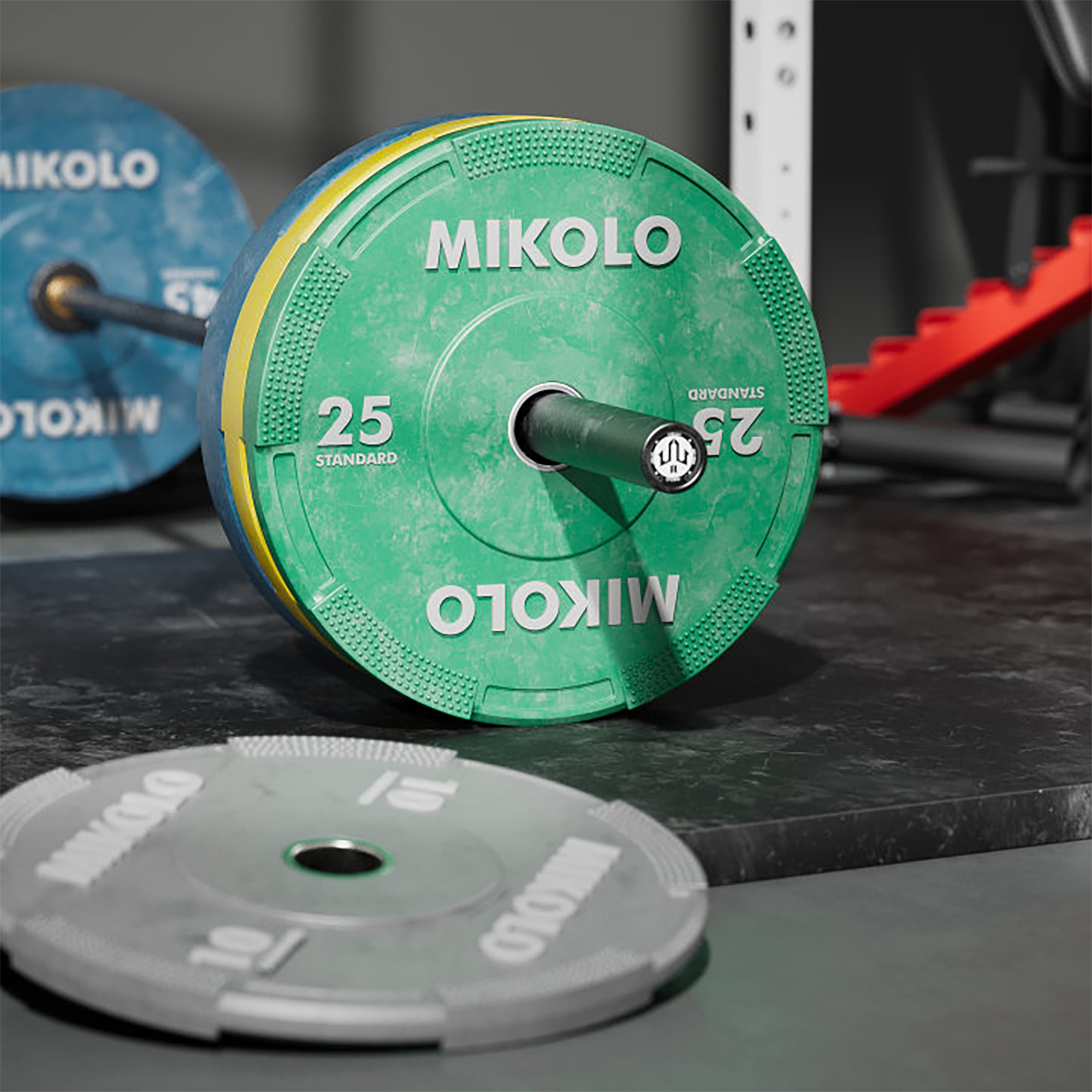
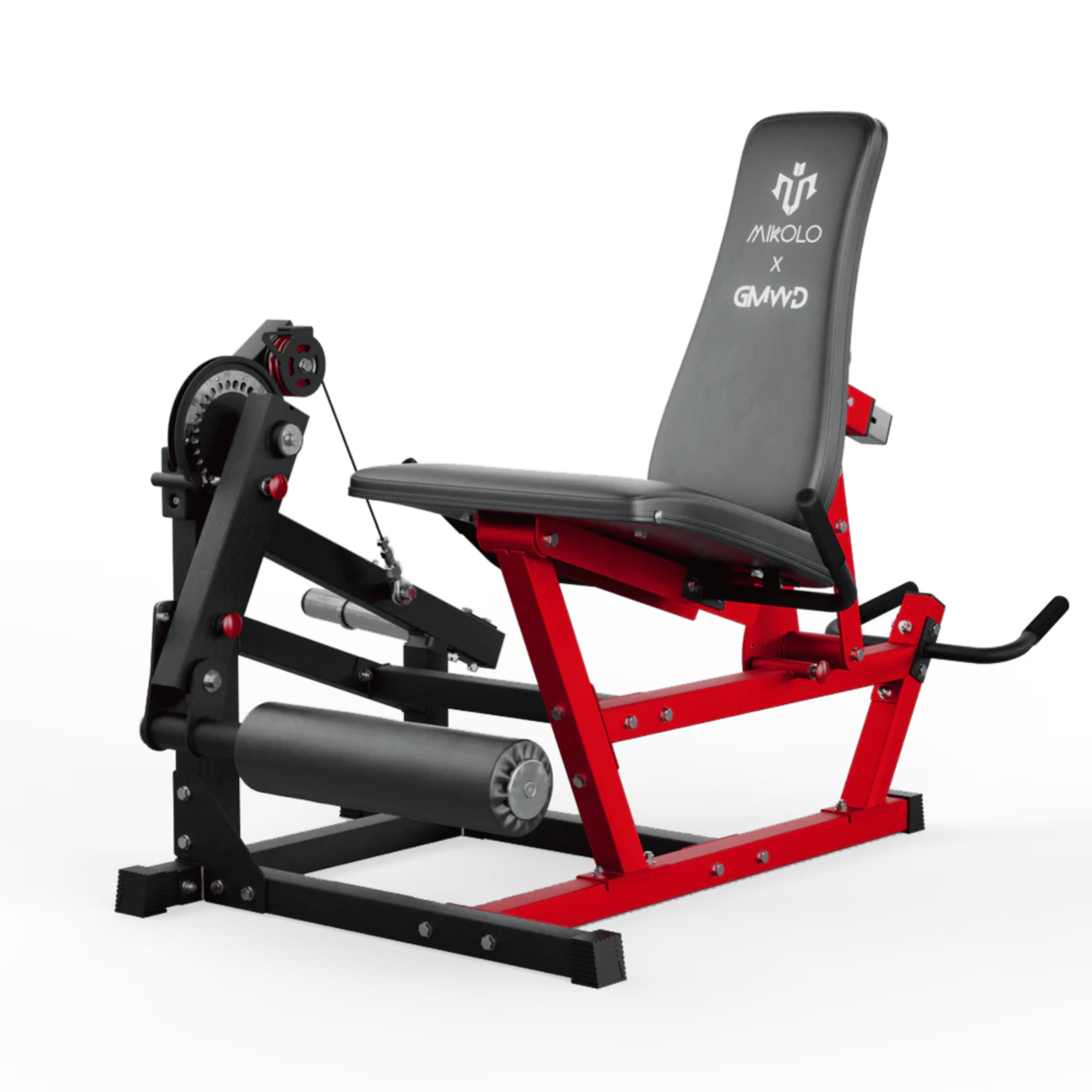
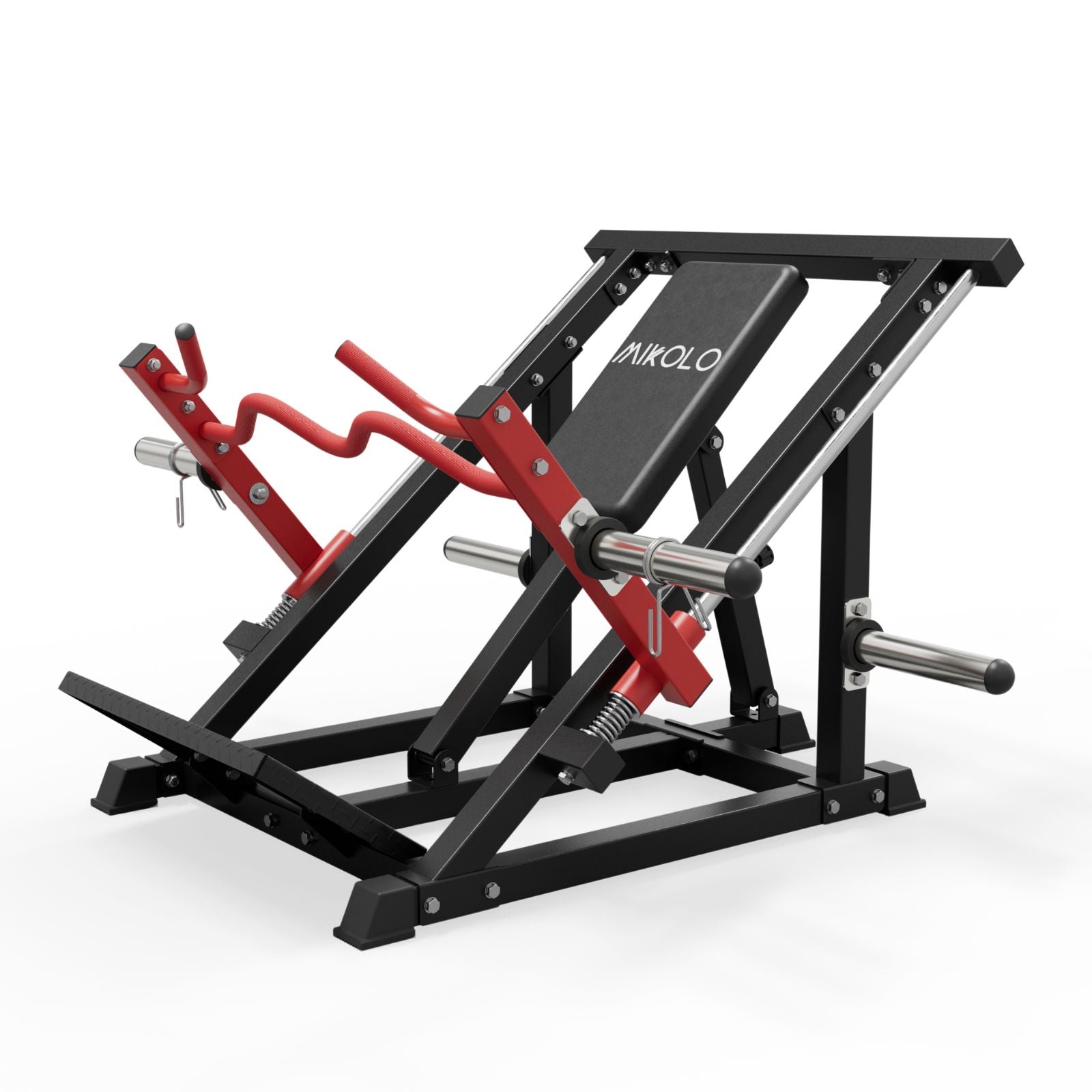
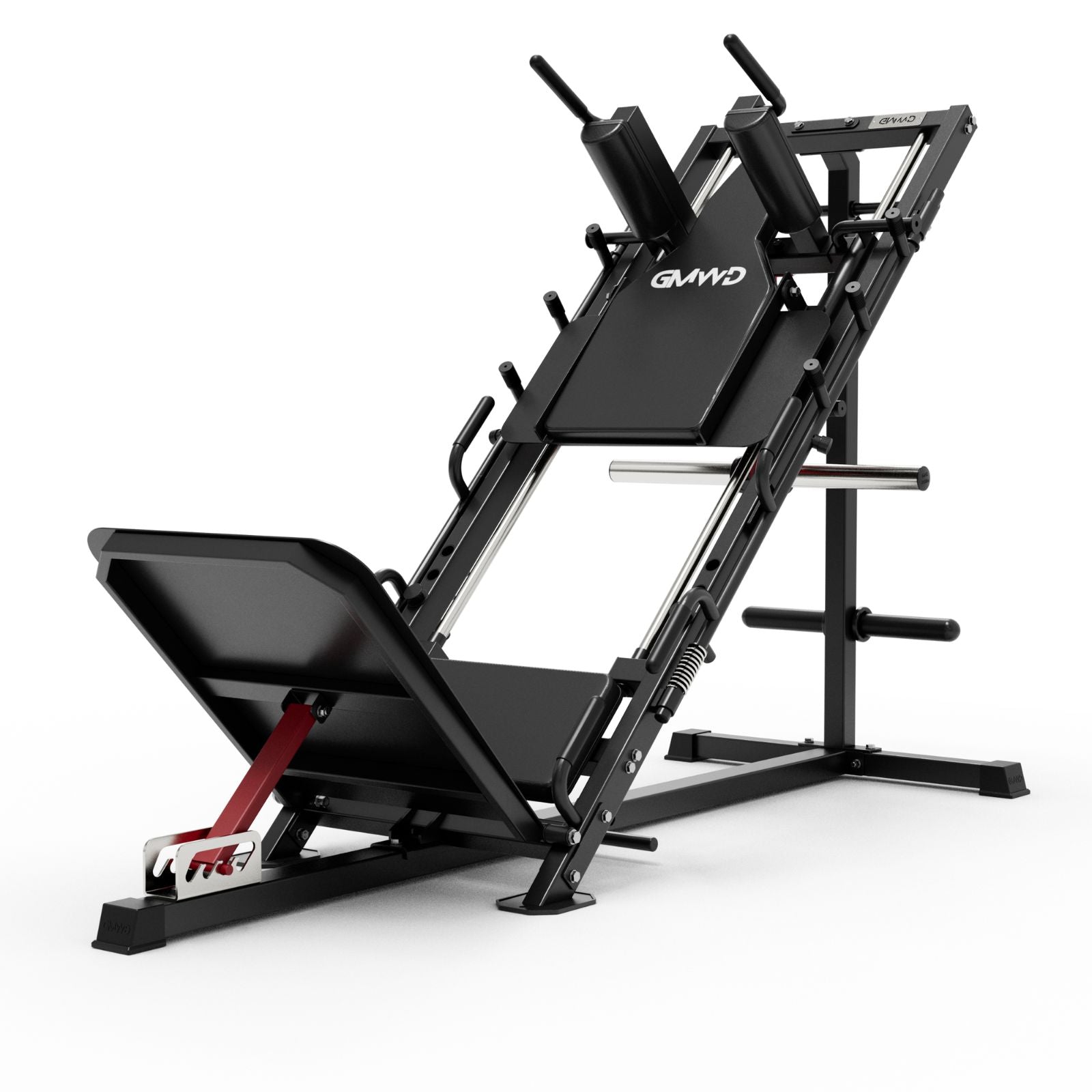


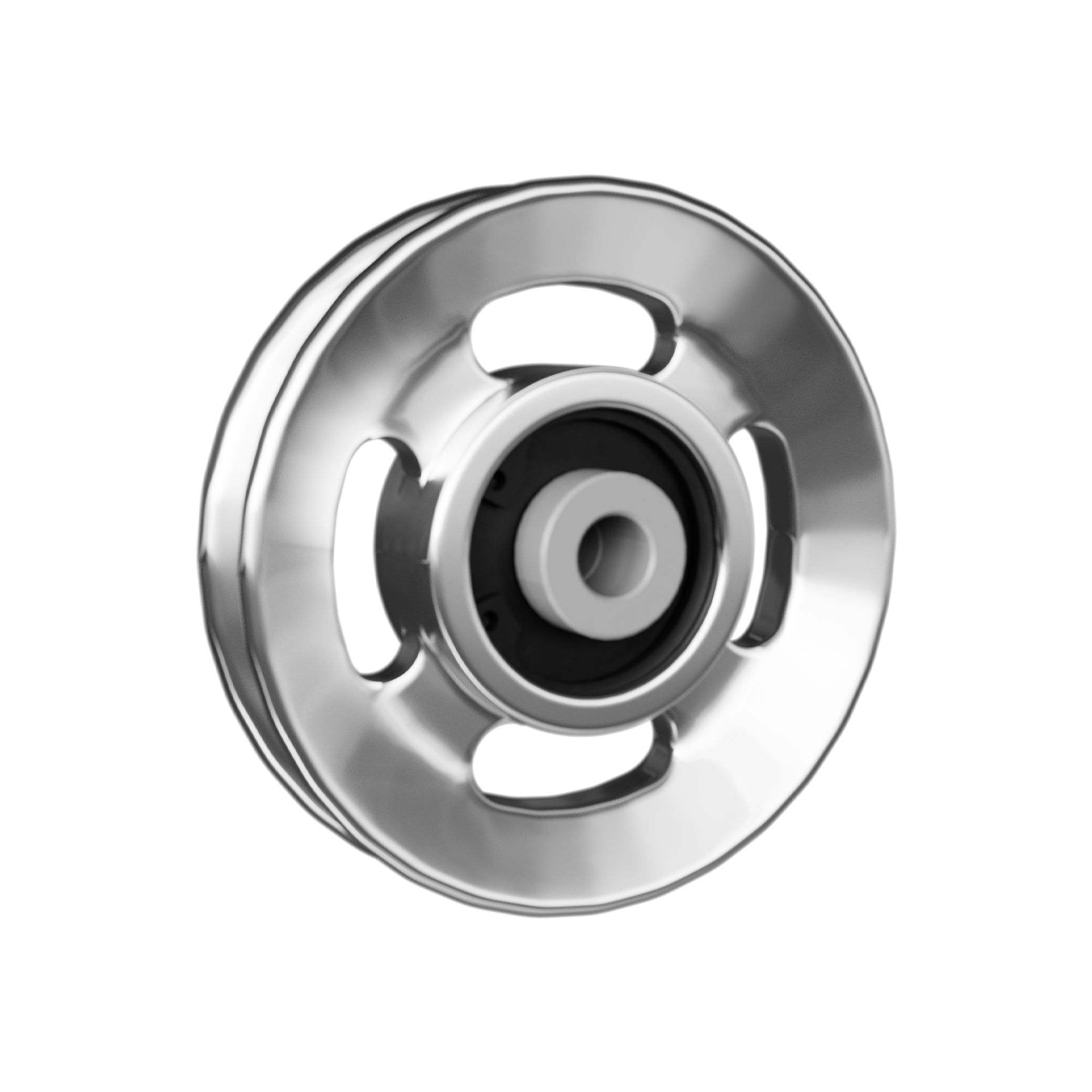
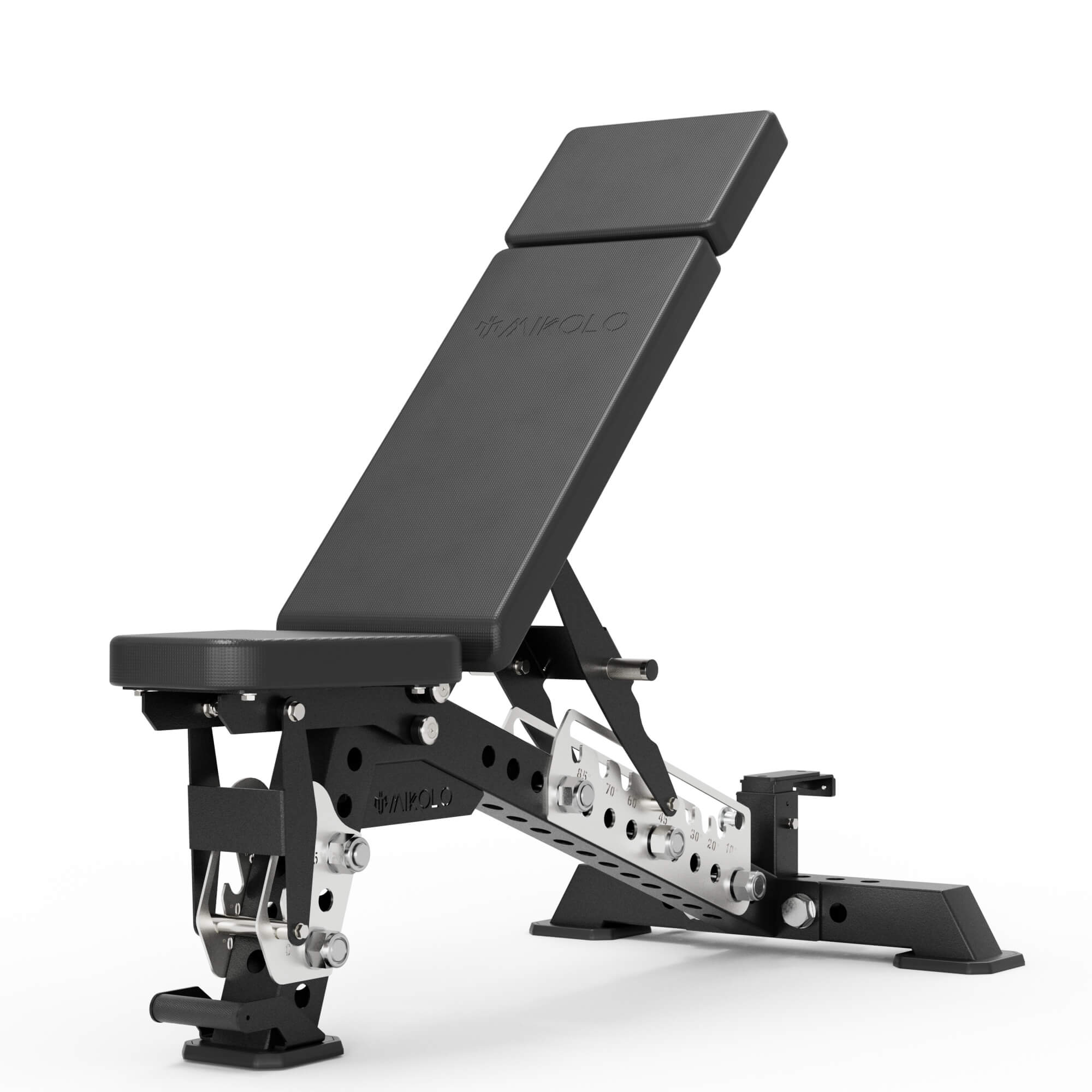


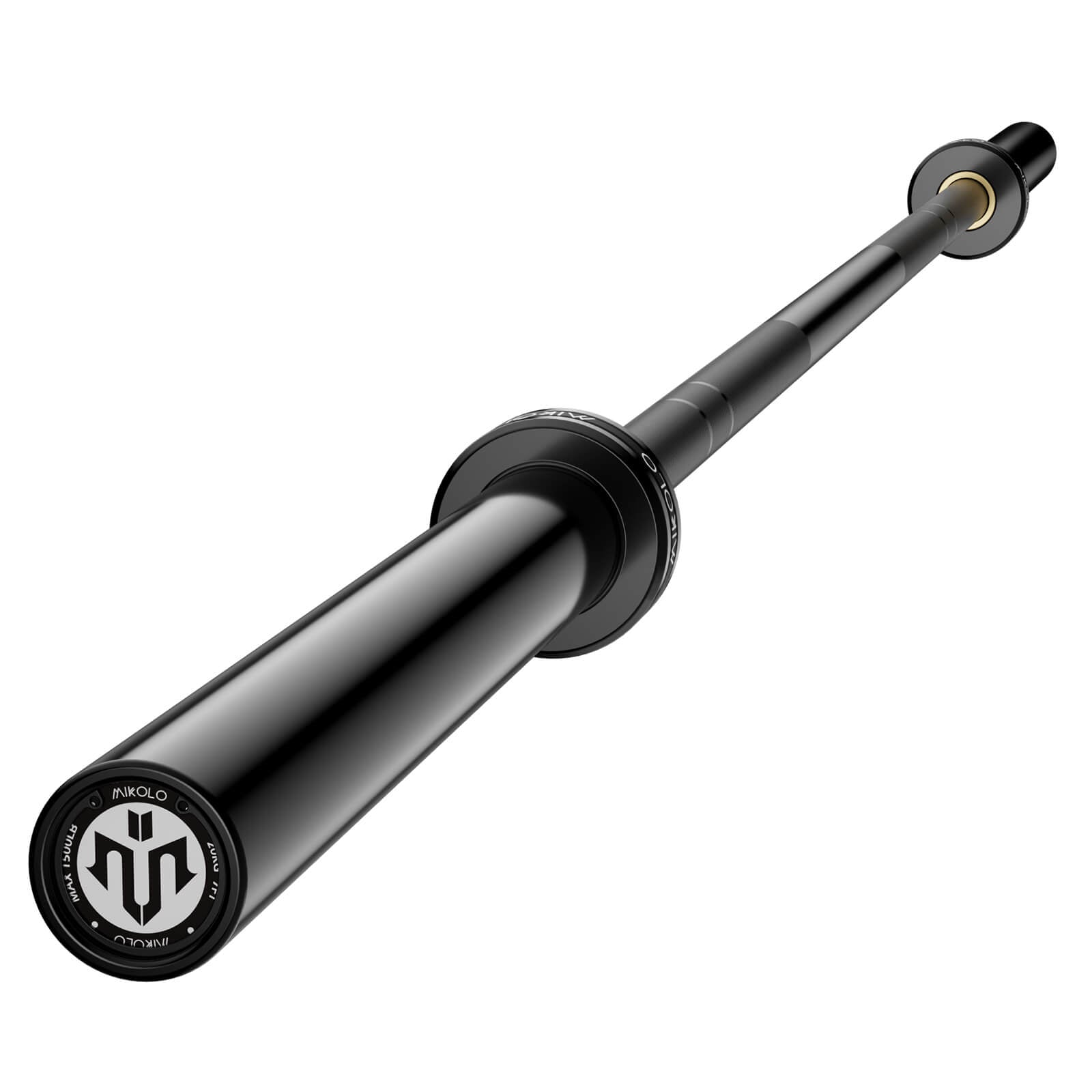

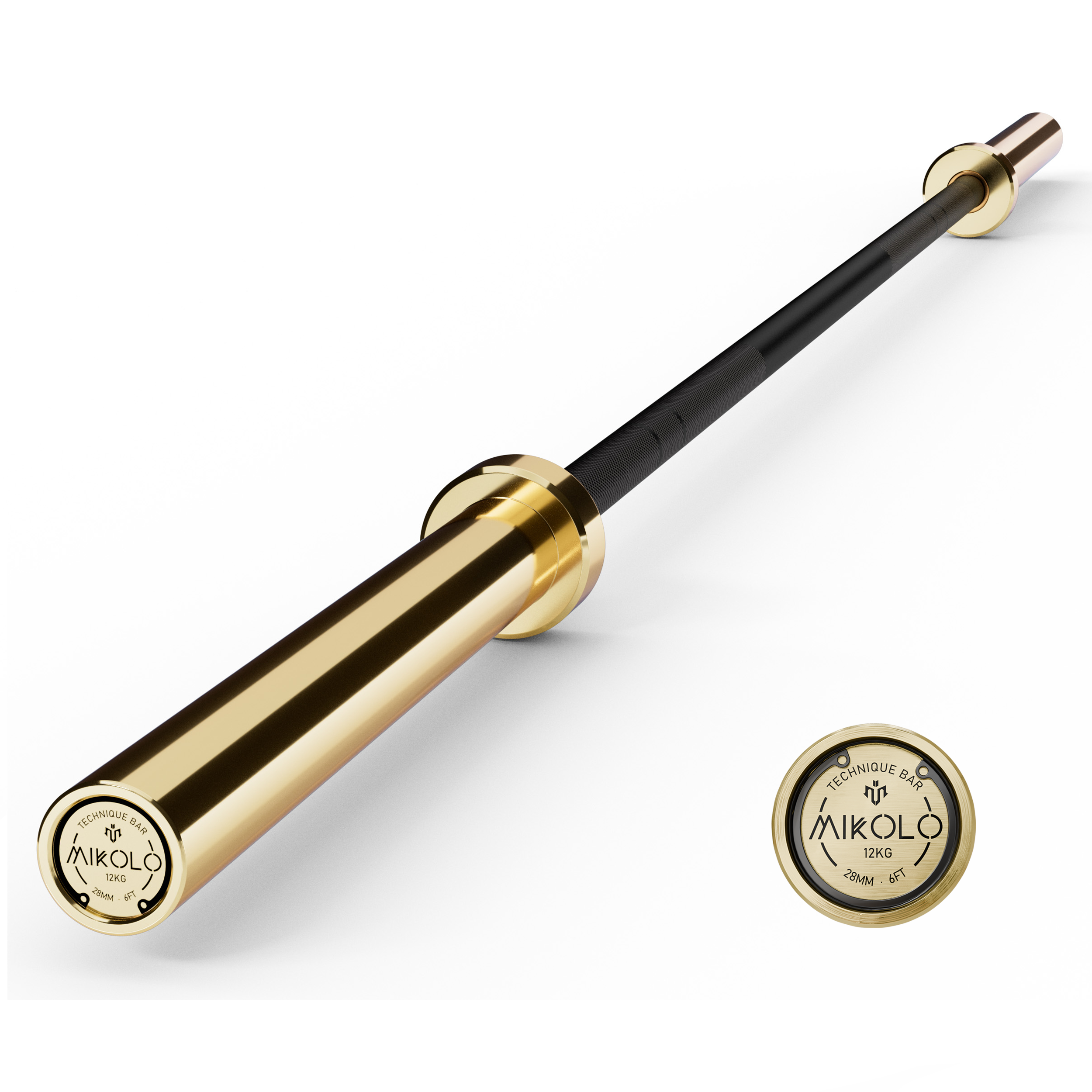
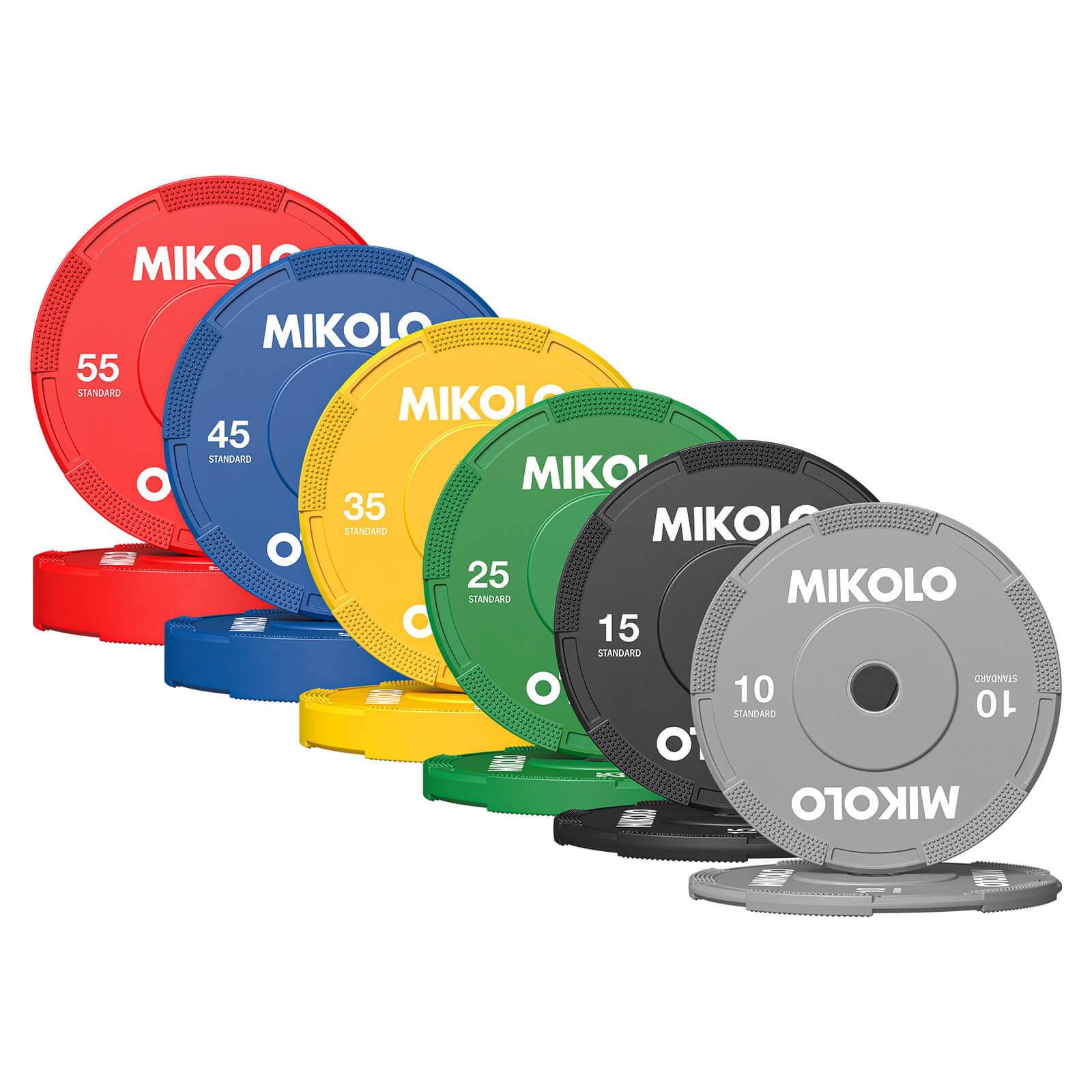
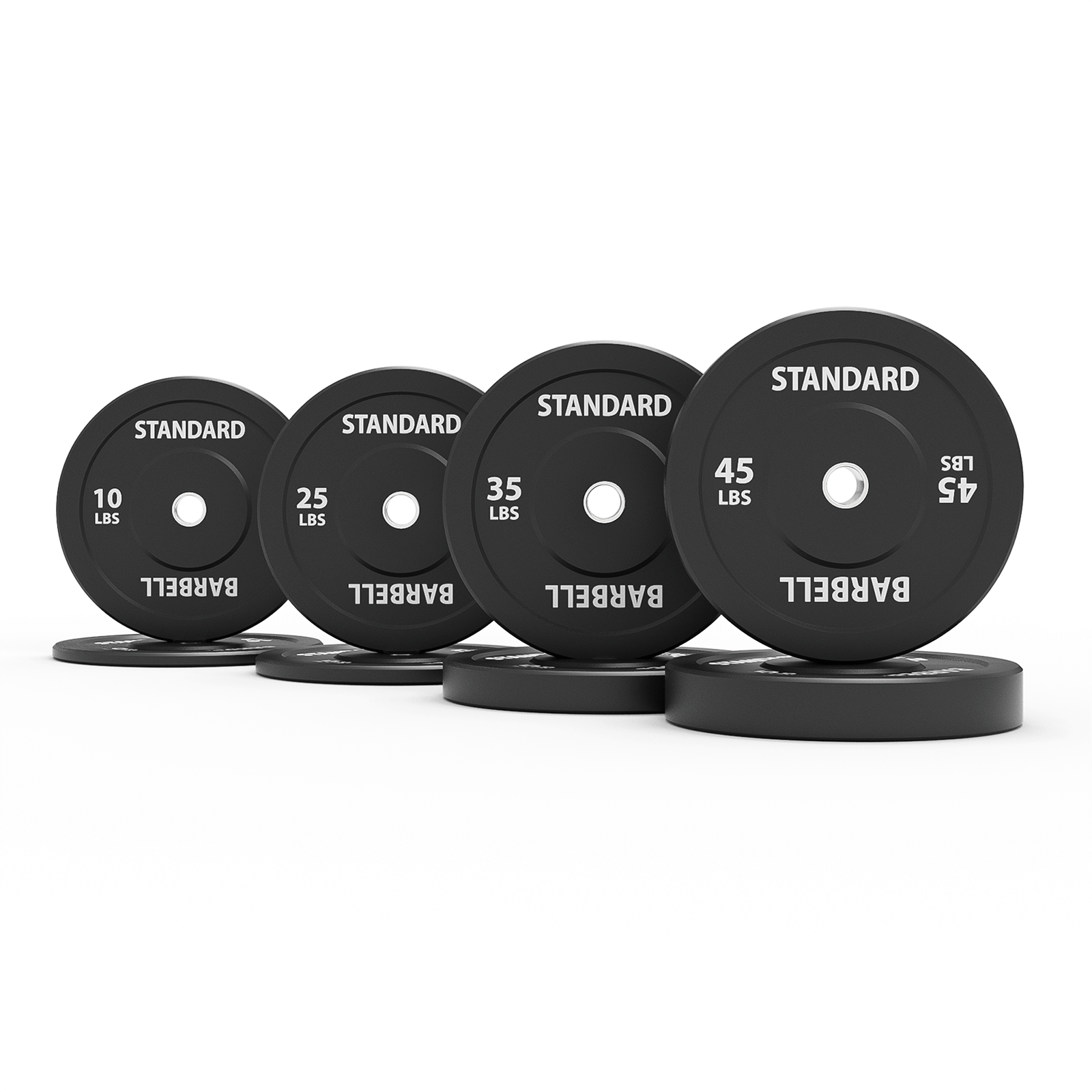
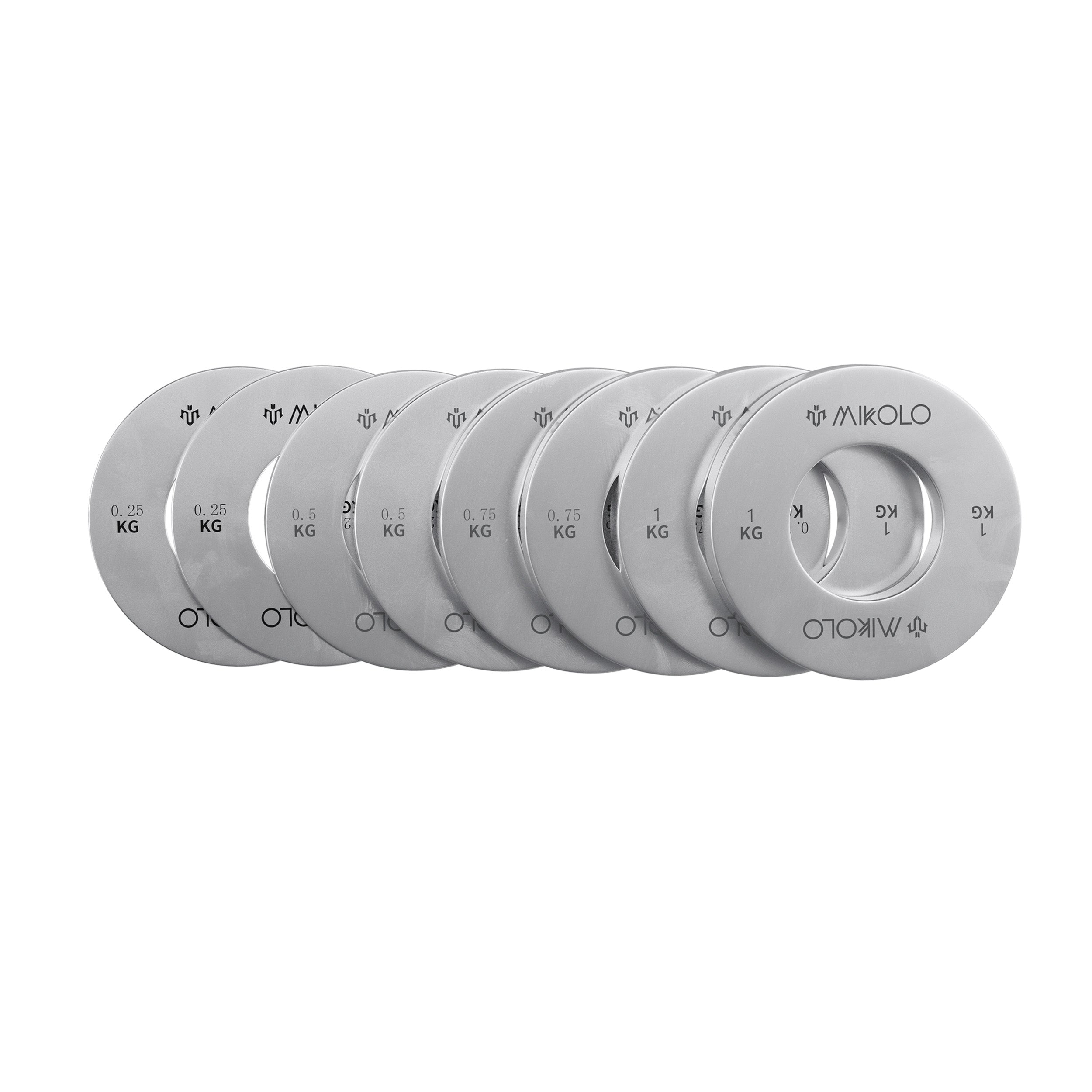
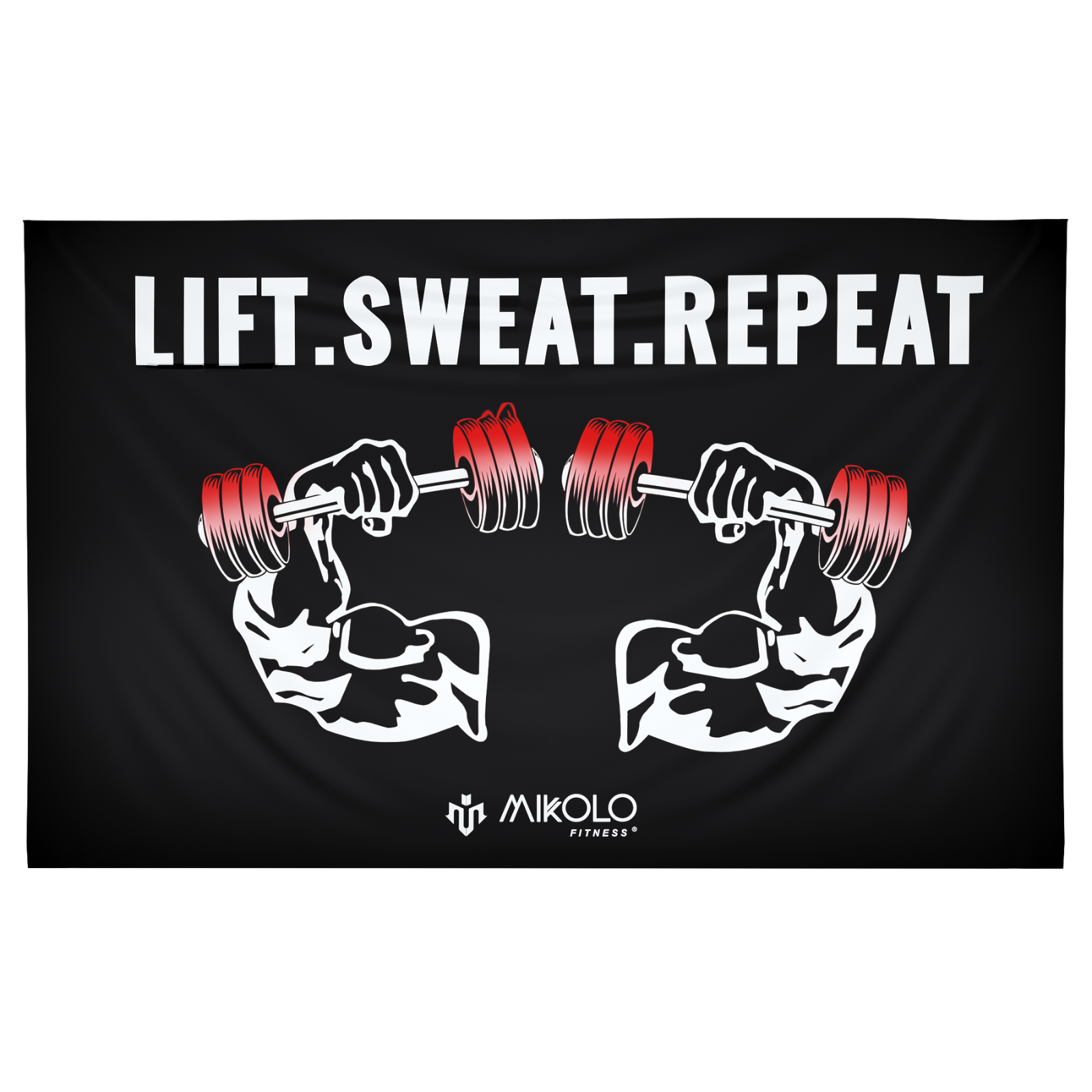
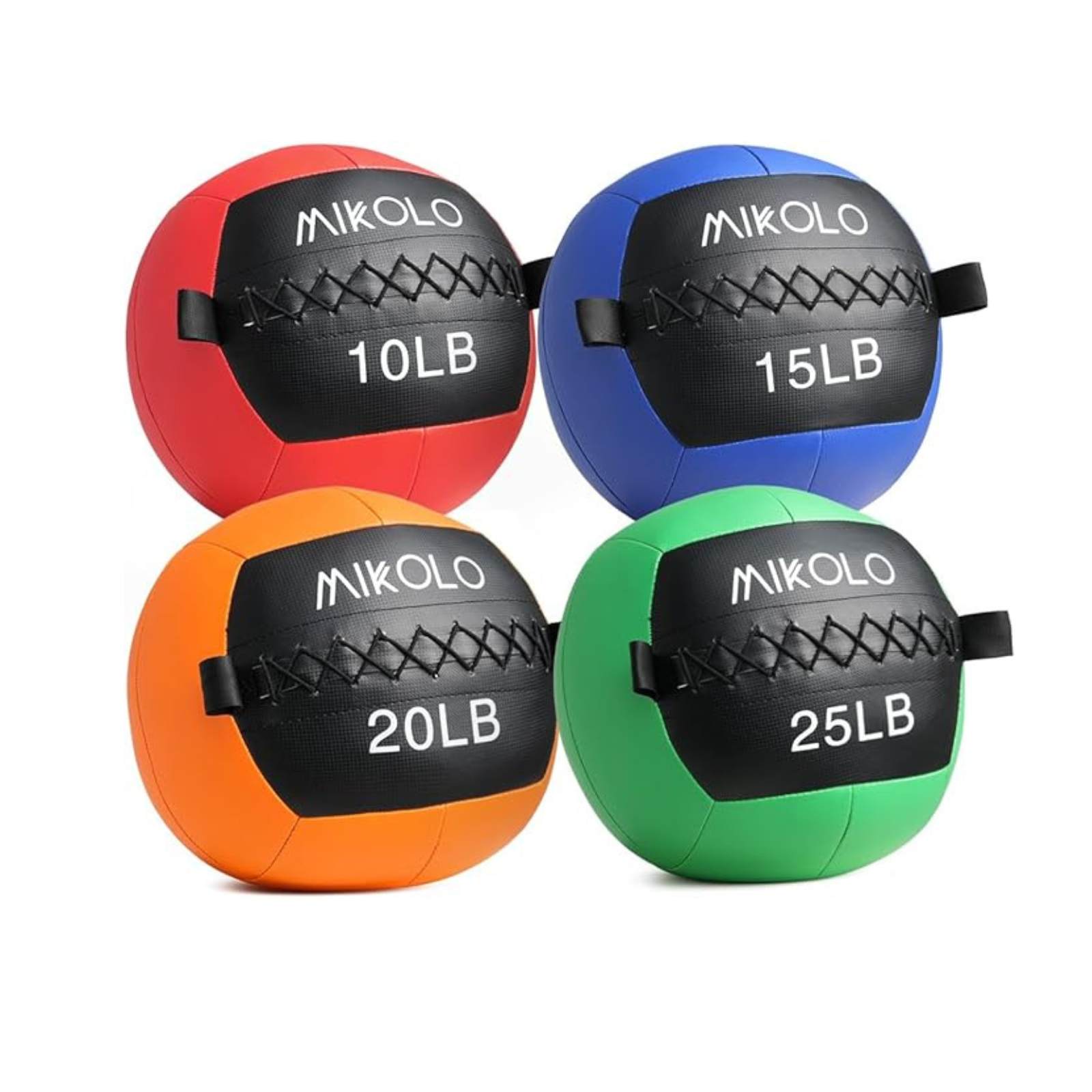
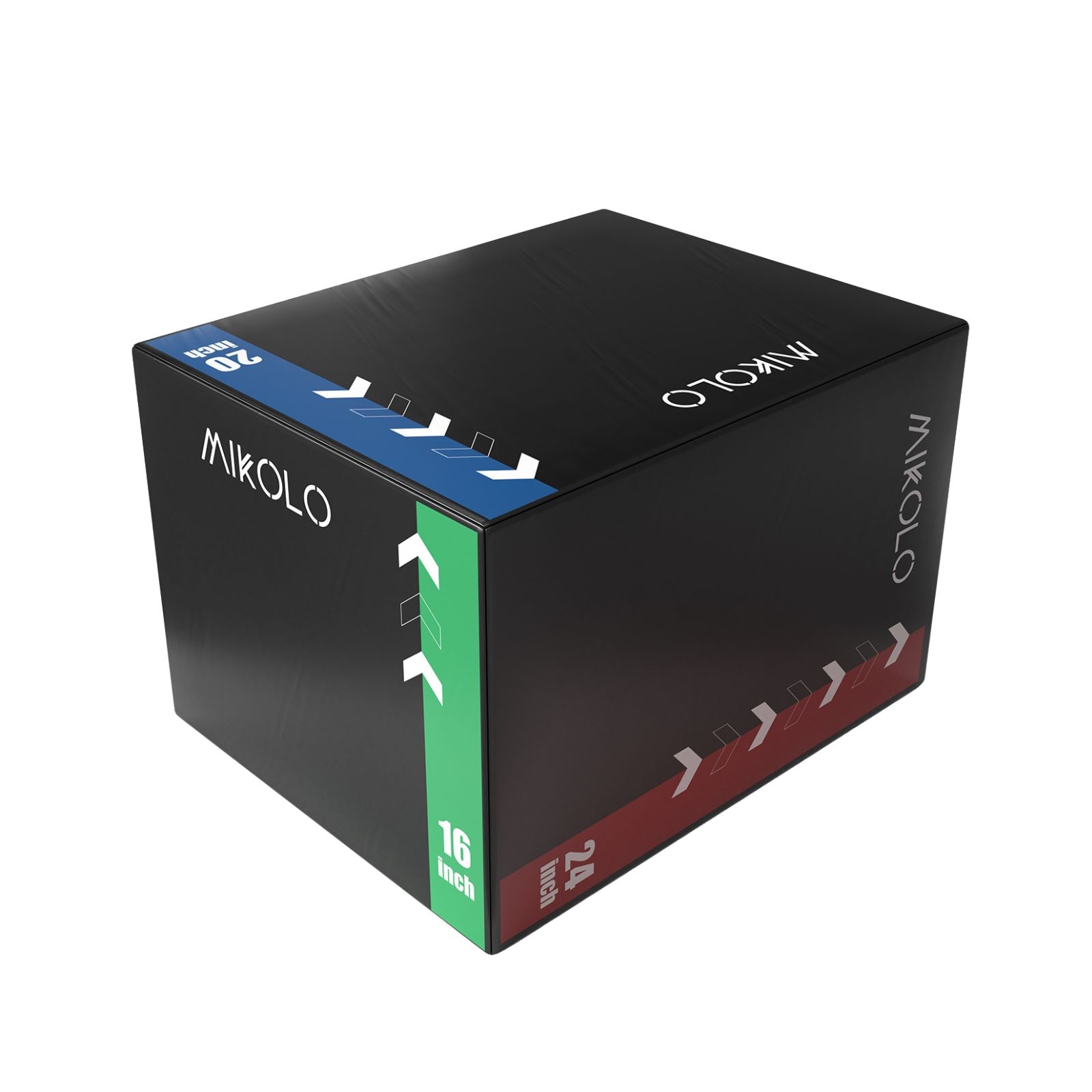

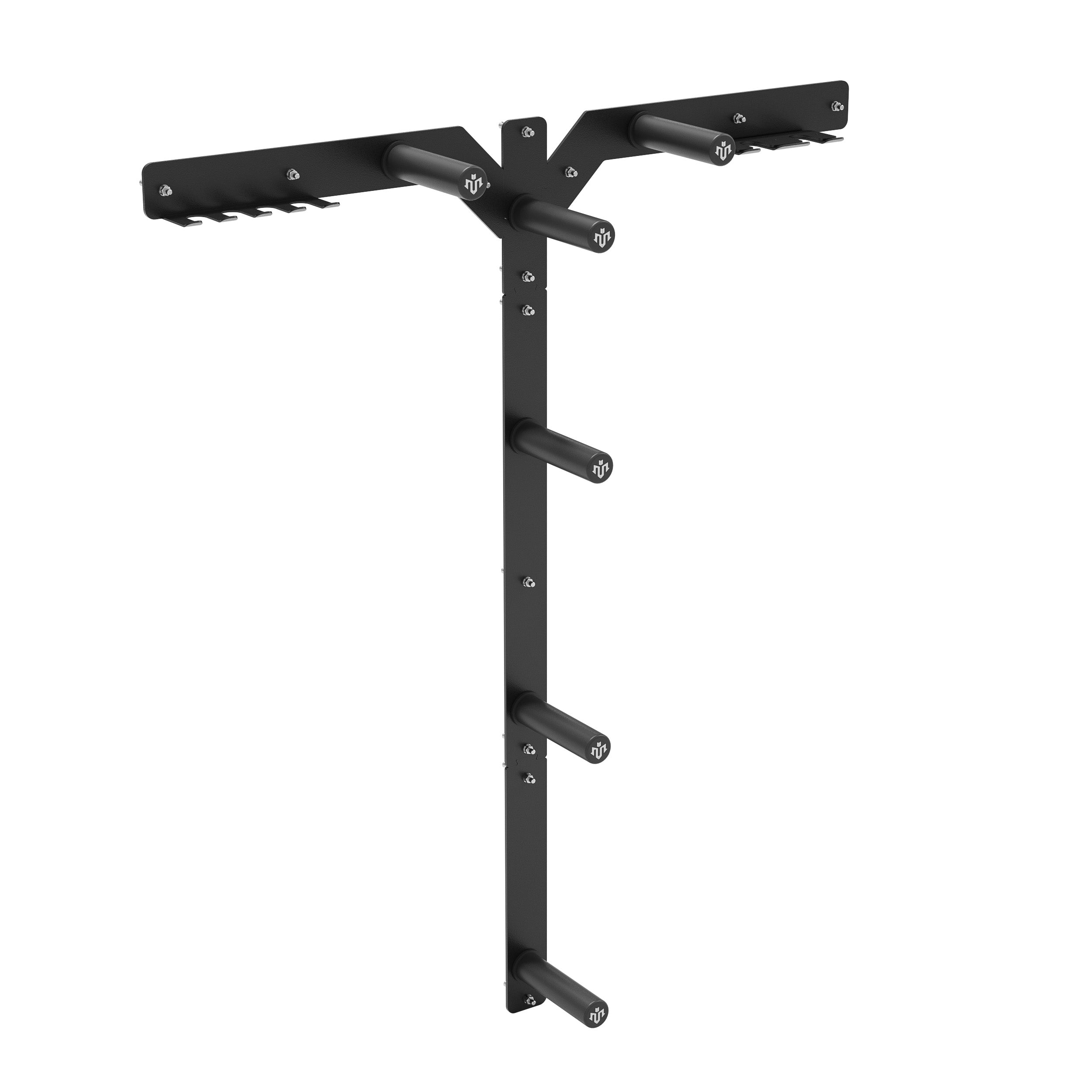




Leave a comment
This site is protected by hCaptcha and the hCaptcha Privacy Policy and Terms of Service apply.